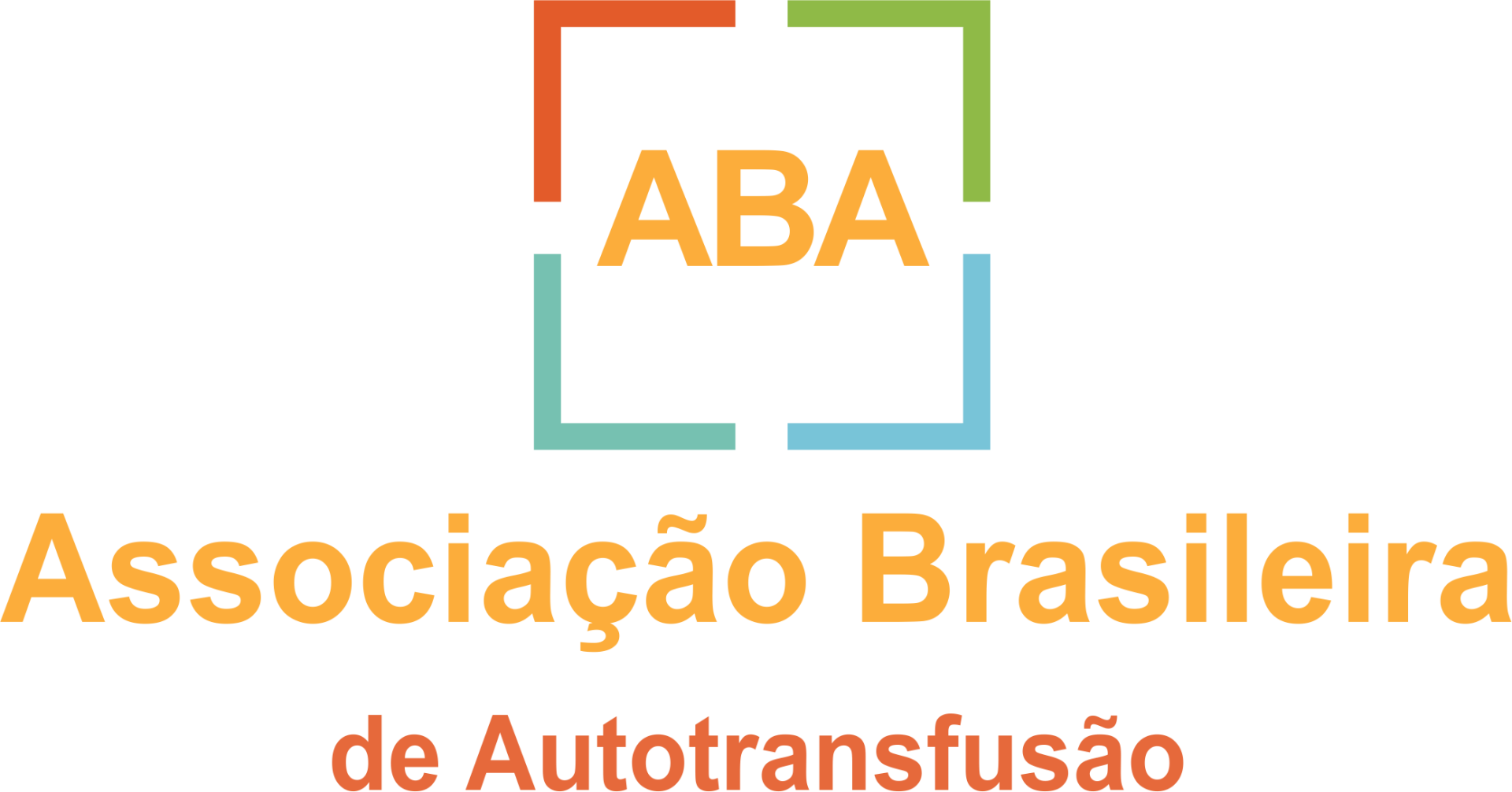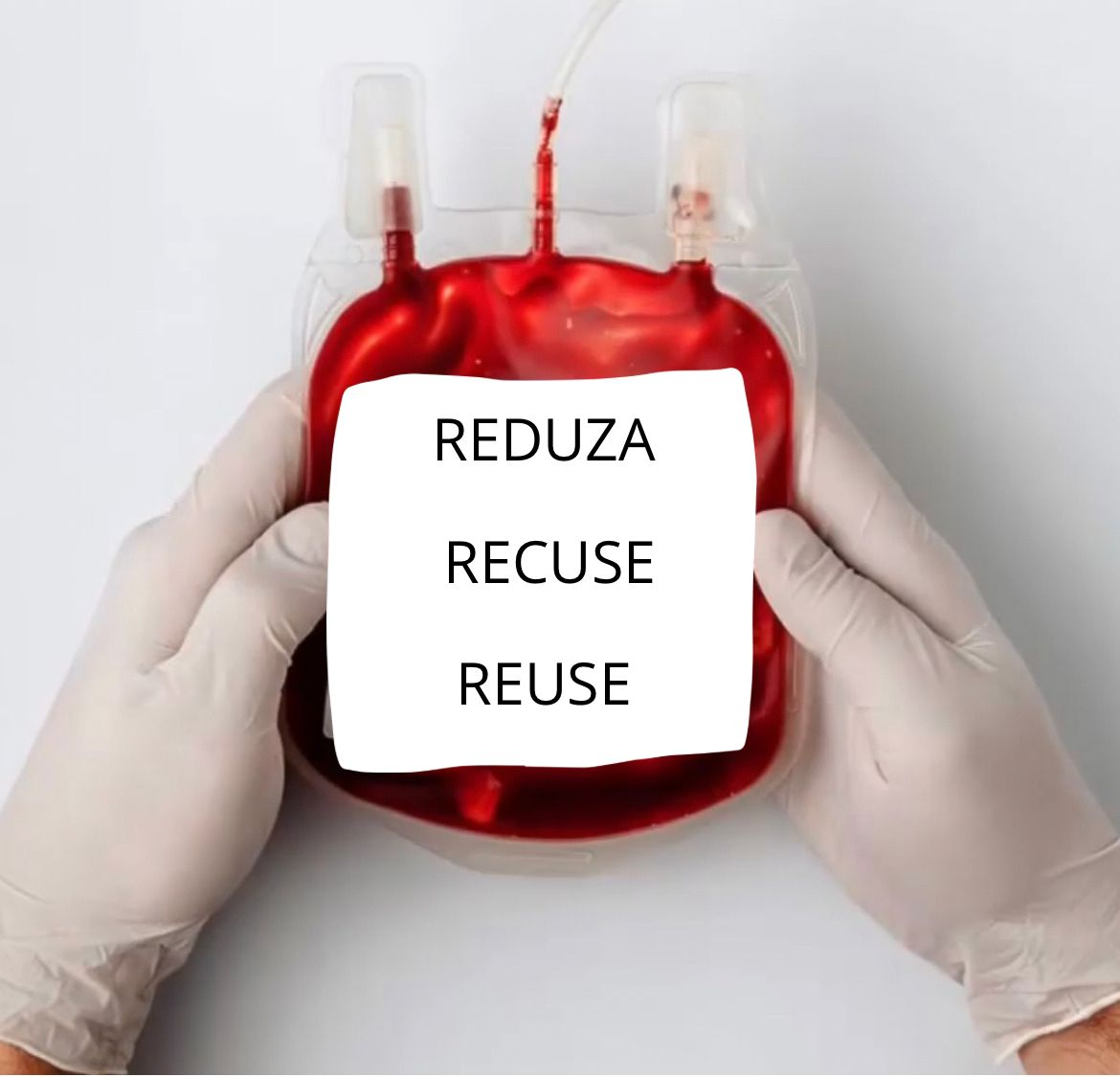Start living the life you deserve.
World Health Organization - WHO Recommends reducing allogeneic blood transfusions (Other Person's Blood)
The best blood a patient can receive is their own blood.
AUTOTRANSFUSION is a therapeutic method that consists of reintroducing the patient's blood into their own veins, that is, it is an autologous transfusion. It differs from common blood transfusions (harmful to health) performed with the blood of other human beings: homologous transfusions.
In autotransfusion (or autologous transfusion), the patient receives their own blood, rather than someone else's, to withstand surgery.
PRE, INTRA and POST-OPERATIVE BLOOD RECOVERY: it is the act of using equipment (XTRA CELL-SAVER) in order not to waste any bleeding that comes out of a patient during surgery (currently discarded) that is, the recycling, cleaning and purification of this patient blood that leaves and returns through a closed circuit continuously or not. (Protocols exclusive to the equipment)
In defense of modern medicine, today through a program known worldwide as PBM (Patient Blood Management), it allows the improvement of the patient's evolution through the safe and rational use of blood and reduction of unnecessary exposures to blood products.

NEWS
Here you are inside everything.
Find out about the events and news of the most diverse subjects and news related to autotransfusion and blood.
LIVE LINK:
Let's talk
If you are interested in performing your surgeries without blood transfusion, or being part of thousands of people with this common goal, pre-register with us and we will contact you to explain how ABA can support you.
contact us
SOCIAL INFORMATION
HEALTH ECONOMY IS FINANCIAL ECONOMY, REDUCE RISKS, EDUCATE AND SHOW BETTER RESULTS
PARTNERS







